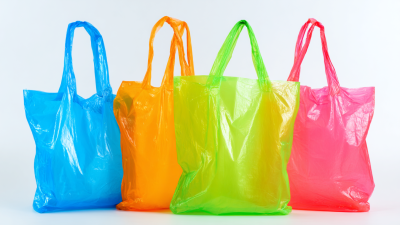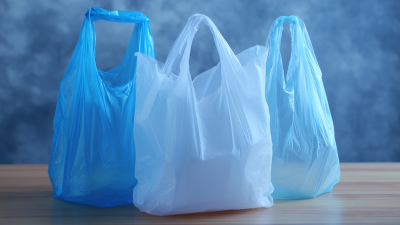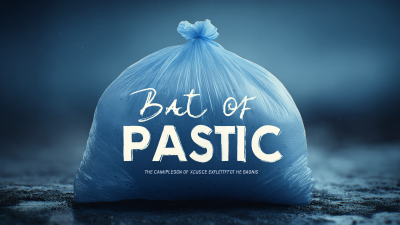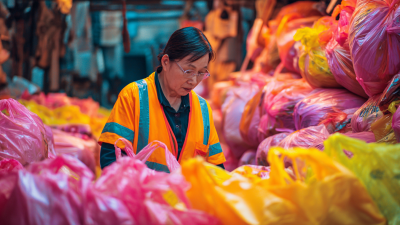- Phone:+86 15218629499
- Phone: +86 15766990063
- E-mail: Yzprinting01@163.com
 The increasing prevalence of a "Bag of Plastic" in our daily lives has become a significant environmental concern. These seemingly harmless carriers have evolved into one of the most ubiquitous forms of waste found in our ecosystems. Each year, millions of tons of plastic bags are discarded, contributing to the alarming levels of pollution observed in our oceans, rivers, and landscapes. Their lightweight and durable nature allows them to travel vast distances, which not only harms wildlife but also disrupts local ecosystems. Moreover, the breakdown of plastic bags into microplastics poses a threat to humans, as these particles can infiltrate food chains and water sources.
The increasing prevalence of a "Bag of Plastic" in our daily lives has become a significant environmental concern. These seemingly harmless carriers have evolved into one of the most ubiquitous forms of waste found in our ecosystems. Each year, millions of tons of plastic bags are discarded, contributing to the alarming levels of pollution observed in our oceans, rivers, and landscapes. Their lightweight and durable nature allows them to travel vast distances, which not only harms wildlife but also disrupts local ecosystems. Moreover, the breakdown of plastic bags into microplastics poses a threat to humans, as these particles can infiltrate food chains and water sources.
To combat the detrimental effects of a "Bag of Plastic," it is imperative that we implement strategies aimed at reducing plastic waste. This includes advocating for the use of alternative materials, encouraging recycling practices, and supporting policies that limit single-use plastics. Awareness campaigns can play a crucial role in educating the public about the environmental footprint of plastic bags, inspiring individuals and communities to take actionable steps toward a more sustainable future. By understanding the impact of these plastic carriers, we can collectively work towards mitigating their environmental harm and fostering habits that promote ecological balance.
Plastic waste has reached alarming levels, with statistics highlighting its devastating impact on the environment. According to a report by the United Nations Environment Programme, approximately 300 million tons of plastic are produced globally each year, with around 50% of this material intended for single-use purposes. This staggering amount leads to the influx of approximately 8 million tons of plastic entering our oceans annually, resulting in grave consequences for marine life and ecosystems.
The effects of plastic waste extend beyond environmental degradation; it also poses significant threats to human health. A study published in the journal Environmental Science & Technology estimated that microplastics, which can originate from larger plastic debris, are present in over 90% of bottled water. With the consumption of these contaminated resources, humans are unwittingly ingesting plastic particles, raising concerns about the long-term health impacts. To combat this growing crisis, initiatives focused on reducing plastic use and enhancing recycling efforts are critical, alongside public awareness campaigns that educate communities on sustainable practices.
 The lifecycle of plastic bags begins with the extraction of raw materials, primarily crude oil or natural gas, which are processed into polyethylene. This production phase is energy-intensive, contributing significantly to greenhouse gas emissions. Once manufactured, plastic bags are distributed and utilized by consumers, often for mere minutes before being discarded. Unfortunately, due to their lightweight nature, many end up in landfills or as litter in the environment, where they can take hundreds of years to decompose.
The lifecycle of plastic bags begins with the extraction of raw materials, primarily crude oil or natural gas, which are processed into polyethylene. This production phase is energy-intensive, contributing significantly to greenhouse gas emissions. Once manufactured, plastic bags are distributed and utilized by consumers, often for mere minutes before being discarded. Unfortunately, due to their lightweight nature, many end up in landfills or as litter in the environment, where they can take hundreds of years to decompose.
The ecological footprint of plastic bags extends beyond their physical presence. While they serve a convenient purpose, their impact on wildlife and ecosystems is profound. Marine animals often mistake plastic bags for food, leading to suffocation or starvation. Furthermore, as plastic breaks down into microplastics, it infiltrates soil and waterways, harming organisms throughout the food chain. To mitigate this impact, consumers can adopt reusable alternatives, support bans on single-use plastics, and participate in local cleanup initiatives, thereby reducing the overall demand for plastic bags and promoting a healthier planet.
In recent years, the escalating problem of plastic waste has ignited a wave of innovations aimed at reducing its footprint. One effective strategy involves the development of biodegradable plastics, which break down through microbial action, transforming into natural materials like water and carbon dioxide. This shift from traditional plastics to biodegradable alternatives is crucial in protecting our environment and mitigating the adverse effects of plastic pollution. Countries are also witnessing a rise in demand for bioplastic utensils, underscoring a significant market shift towards sustainable solutions.
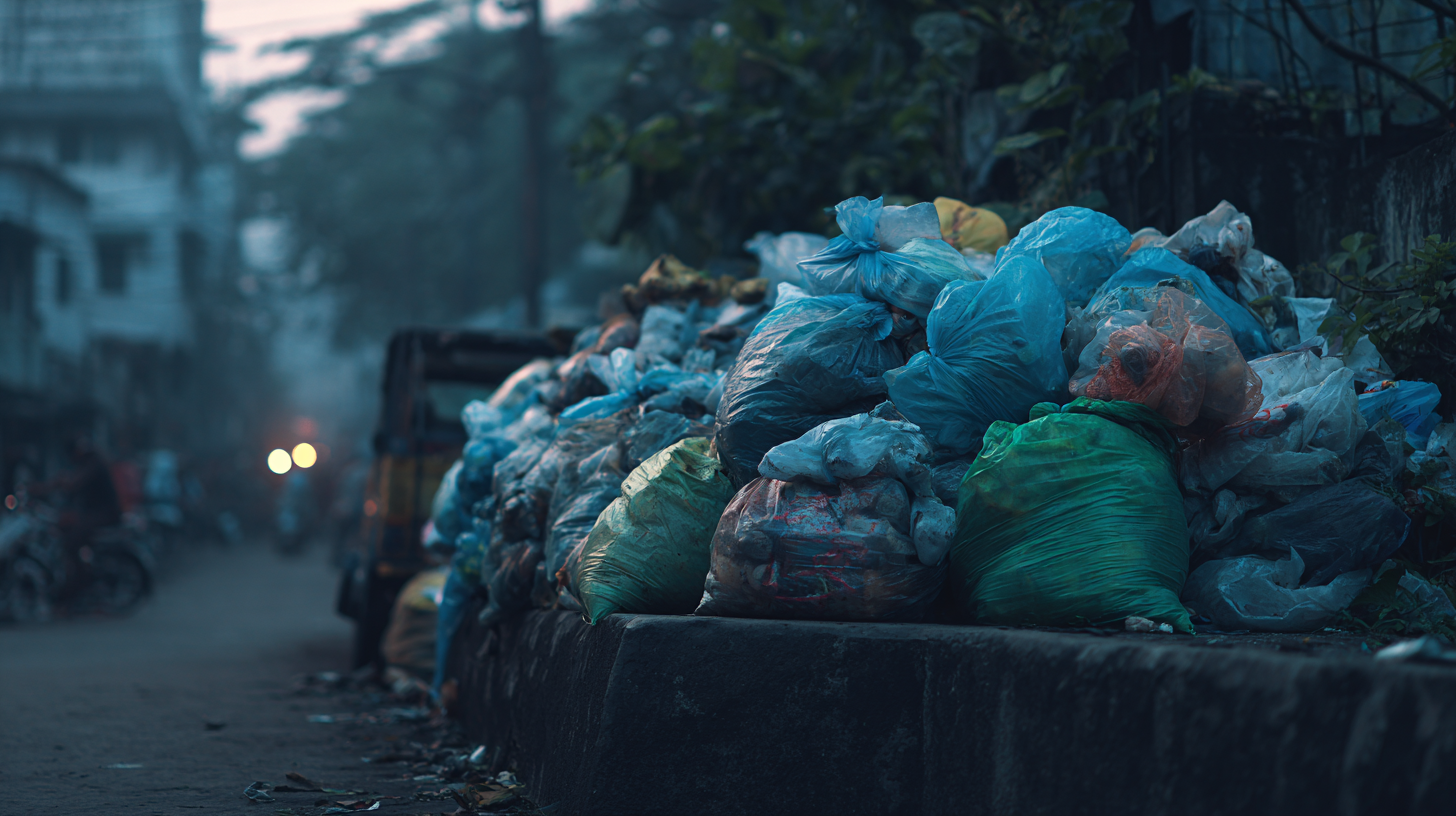
Additionally, initiatives such as the "Climate Marathon" highlight the global commitment to crafting new solutions against single-use plastics. Conferences like these bring together innovative minds, fostering the exchange of ideas around eco-friendly products and practices. Moreover, technological efforts are being employed to address specific environmental crises, such as the ongoing battle against the 200 tons of waste annually generated at Mount Everest. These multifaceted strategies illustrate a growing recognition of the importance of sustainable innovation in various sectors, from consumer goods to packaging, to ensure a cleaner and healthier planet for future generations.
Legislation plays a critical role in mitigating plastic waste pollution, as it sets the framework for how society manages and reduces plastic consumption. Governments worldwide are beginning to recognize the urgent need to address the environmental crisis caused by plastic waste. Effective laws can limit the production and distribution of single-use plastics, imposing bans or restrictions that incentivize businesses and consumers to adopt sustainable alternatives. For instance, certain countries have implemented taxes on plastic bags, which not only discourages their use but also generates revenue that can be invested in environmental initiatives.
Moreover, legislation can ensure accountability in waste management practices. By mandating that manufacturers take responsibility for the lifecycle of their products, governments can encourage companies to develop eco-friendly packaging solutions and improve recycling technologies. Extended producer responsibility (EPR) laws are becoming increasingly popular as a means of shifting the burden of waste management from consumers and municipalities to producers. This approach not only promotes the design of recyclable or biodegradable products but also fosters innovation in waste reduction strategies, ultimately helping to minimize the ecological footprint of plastic waste.
Consumer behavior plays a crucial role in addressing plastic pollution, particularly in regions like Thailand, where poorly managed plastic waste significantly impacts the environment. Reports indicate that much of this waste ends up in oceans, contributing to widespread pollution. To combat this, individuals can implement practical steps to minimize their plastic footprint. For instance, avoiding single-use plastics such as straws and opting for reusable alternatives can lead to substantial reductions in personal plastic use. In fact, studies reveal that eliminating such items could decrease overall plastic waste by a significant percentage, highlighting the power of consumer choices.
Furthermore, supermarkets and retailers are responding to increased public concern over plastic packaging; however, confusion surrounding alternatives complicates this transition. A recent survey found that many consumers are unsure about eco-friendly options, suggesting a need for clearer communication. Individual actions, like supporting businesses that prioritize sustainable practices, can drive meaningful change. Transitioning to more sustainable consumption patterns not only helps mitigate environmental impact but also encourages companies to adopt greener practices, ultimately contributing to a collective effort against plastic pollution.
| Category | Average Plastic Waste (kg per person per year) | Impact on Environment (Scale 1-10) | Potential Reduction Strategies |
|---|---|---|---|
| Household | 45 | 7 | Use reusable bags, opt for bulk items |
| Shopping | 30 | 6 | Bring own containers, choose unpackaged goods |
| Dining Out | 20 | 5 | Request no plastic straws, take leftovers in reusable containers |
| Personal Care | 15 | 4 | Choose products with eco-friendly packaging |
| Travel | 25 | 6 | Use refillable water bottles, avoid single-use toiletries |
